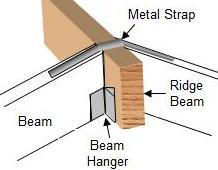The end and side walls of the house with the ceiling will help to balance the outward thrust and stabilize the house. Alternates are to use columns in the side walls or to construct small buttresses.
The critical difference between this framing and the one with ceiling joists is that in this instance the ridge member must be structurally designed to be self-supporting like a beam and to carry the weight of its rafters.
The design of the ridge is tricky. Any errors in its calculations can seriously affect the overall structural integrity of the house. For this reason, we strongly recommend that you consult an architect or structural engineer, while still in the design stages.
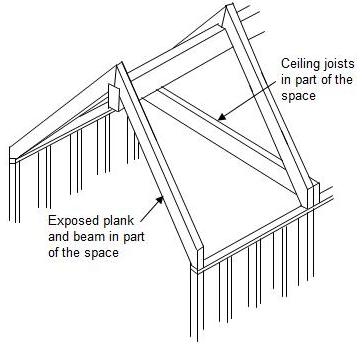
Figure 9 - Partially exposed plank and beam construction
In the roof with an attic the ridge member does not have to be structurally designed since it relies on the self-buttressing effect of the rafters.
In the case of a roof without ties, the ridge is designed as a girder or beam spanning between two walls or columns. It must not only be counted on to carry its own weight, but must also bear the weight of half the rafters and the loads that they carry, as shown in Figure 10.
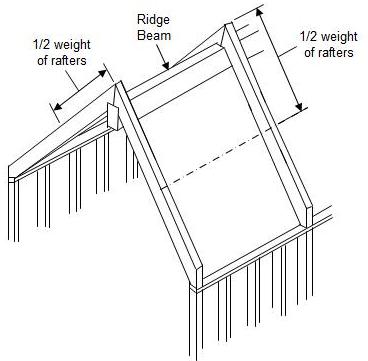
Figure 10 - Plank and beam load distribution
Special care must be taken to connect the rafters to each other and to the ridge beam.
Details are outlined in Figure 11, 12 and 13.
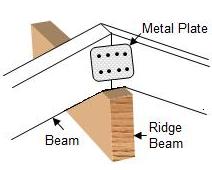
Figure 11 - Metal plate securing beams
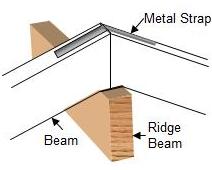
Figure 12 - Metal strap securing beams
